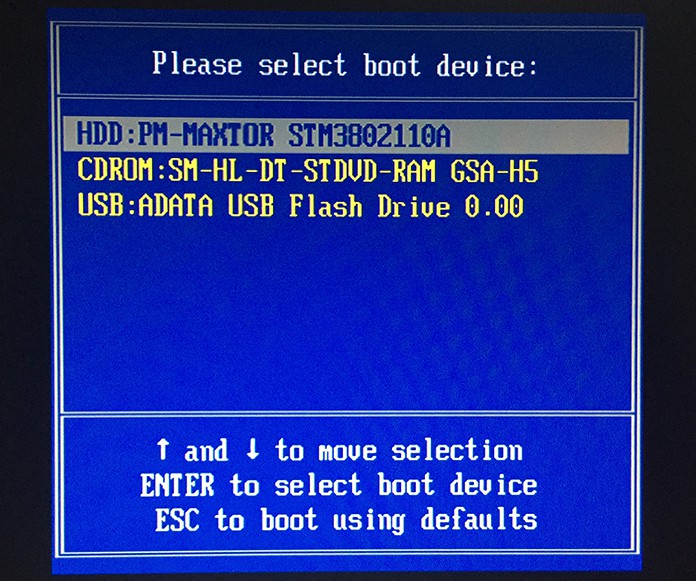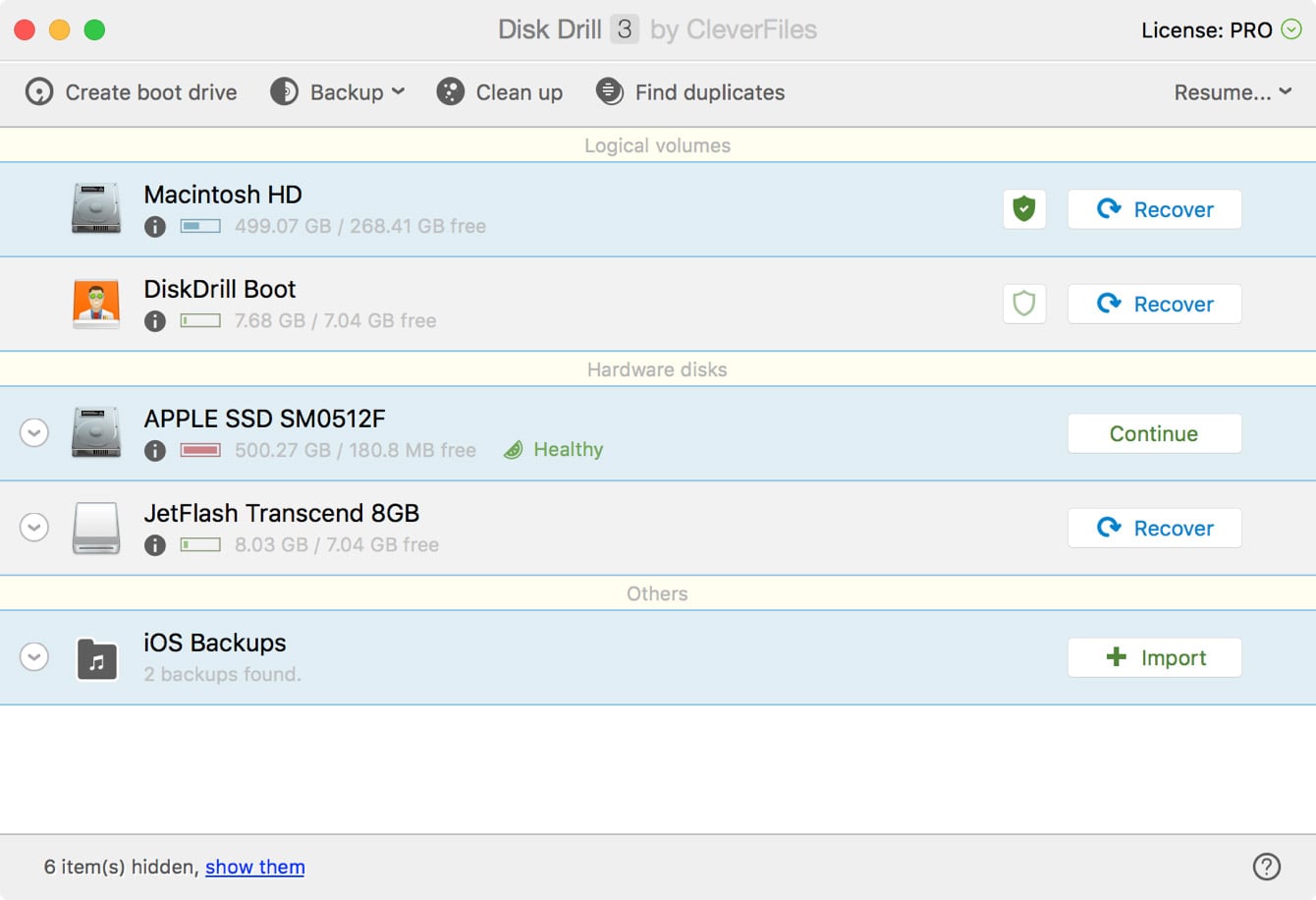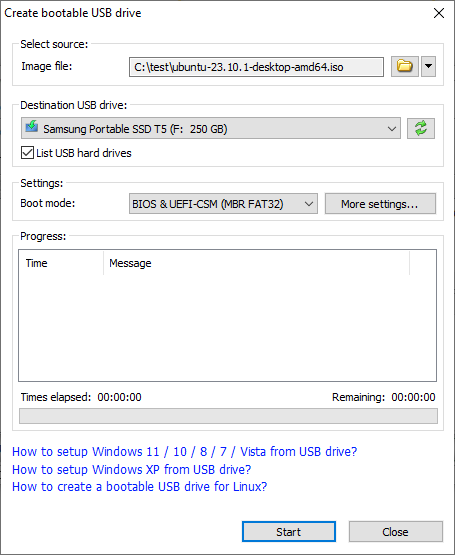How To Make A Bootable Pendrive For Mac
MacOS Sierra, the first of the new macOS systems, includes the ability to create a bootable installer on a USB flash drive or on a drive you have connected to your Mac. The advantage of the ability to create a bootable installer of macOS Sierra can’t be overstated.
If you’re a Mac OS X user the time will come when your computer won’t boot or a problem may arise where you can’t take control of the device, and booting from an OS X installation media will be required. This is why it’s recommended that you make a Mac OS X bootable USB when your Mac is in working conditions. However, if you find yourself on a scenario where your device (iMac, MacBook Pro, Air, Mac Pro or Mini) is not responding and you happen to have a Windows PC, then you can still be able to easily make a USB bootable installation media for your Mac OS X to reinstall the operating system using the Recovery Assistant.
Bear in mind that this will also work for Windows users, who are running Mac OS X on a virtual machine and need to upgrade to the latest version. For example, to OS X Yosemite. Things to know before proceeding Before you dive into this guide, you’ll need a few things:. A broken Mac computer with Mac OS X. A trial copy of the TransMac software. One high quality USB flash drive with 16GB of storage.
A copy of Apple’s macOS (DMG file). Now that you have all the necessary ingredients, you’re ready to make a Mac OS X bootable USB using the DMG file of the operating system with the steps below.
How to make a Mac OS X bootable USB installation media Before you can use TransMac, you may first need to partition your USB flash drive with a GPT partition, as a normal MBR partition may not work. To do this, you’ll need to use the Diskpart command-line utility on Windows. Open Command Prompt with administrative permissions.
How To Make A Bootable Pendrive For Mac Os
Type the diskpart command and press Enter. Type the list disk command to view a listing of drives connected to your computer and press Enter. Type the select disk command followed the number assigned for the USB flash drive (e.g., select disk 4), and press Enter. Type the clean command and press Enter.
Type the convert GPT command and press Enter. Type the create partition primary command and press Enter to complete the task. After converting the USB flash drive from MBR to GPT format, you can use the steps below to create a bootable USB installation media to install Mac OS X., which is the software that will make everything happen. TransMac is a paid software, but it has a 15-day trial solution, that give us more than enough time to move the DMG files to the USB drive from Windows. (If you want to support the developer, you can purchase the full version.). Insert the USB drive that you’ll use to fix your installation of OS X. Remember that all the data in the USB will be erased.
Make sure you take off any important documents. Right-click the TransMac software icon and Run as administrator. You’ll be prompted to Enter Key or Run, because we’ll be using it once, click Run. On the left pane, you’ll see all the Windows PC drives listed, right-click the USB drive you’re intending to use to reinstall Apple’s OS X and click Restore with Disk Image.

In the warning dialog box, click Yes. Use the Restore Disk Image to Drive dialog box to browse for the DMG file with the installation files for Mac OS X Yosemite in this case, and click OK to create a bootable USB of the operating system. Now, you’ll have to wait a long time. It could take one or two hours to complete the process depending on your computer and other variables. Since you're here.I've got a small favor to ask. This is an independent site, and it takes a lot of time and hard work to produce content. Although more people are reading Pureinfotech, many are using adblocker.
- Jul 3, 2017 - Instructions for making an external drive that you can use to install macOS Sierra.
- After creating the bootable installer, follow these steps to use it. Connect the bootable installer to a compatible Mac. Use Startup Manager or Startup Disk preferences to select the bootable installer as the startup disk, then start up from it. Your Mac will start up to macOS Recovery.
Advertising revenue that helps to pay bills is falling fast. And unlike many other sites, here there is not a paywall or anything blocking readers from accessing the site. So you can see why your help is needed. If everyone who reads this site, who likes it, helps to support it, the future would be much more secure.
Once you install Yosemite, the file will automatically erase itself, so it's important to make a bootable drive first. If you want to install first and then make a bootable drive, make a copy of the installer app in another location so you can access it later. Worst case scenario is downloading the large file again from the Mac App Store, but then why make a bootable drive? The Easiest Way: Use DiskMaker X By far the easiest way to create a bootable drive is to use the DiskMaker X application, which automates the entire process in the next method. To start out, download the newest version of DiskMaker X from.
Currently, that's the. (Update: the public Yosemite version is out now, and you can download it from, or.) Once download, open it up and select 'Yosemite Beta' or 'Yosemite 10.10' (depending on the version you're using) to start the process.
Then just follow the rest of the prompts to start the disk-making process. It could take anywhere from 15 minutes to to 45 minutes to finish, depending on your USB flash drive. If it's more toward the latter, you might get a ' error, but it should still work, (it worked for me). The Less Easy Way: Format & Use Terminal If you're more comfortable with Terminal commands, this is the method for you.
Just make sure your USB drive is already formatted correctly before proceeding. To see how to correctly format your USB drive, please see Step #1 below in the 'The Hardest Way' section. With your USB drive ready to go, open up Terminal and type (or copy/paste) the following command. sudo /Applications/Install OS X Yosemite.app/Contents/Resources/createinstallmedia -volume /Volumes/Yosemite -applicationpath /Applications/Install OS X Yosemite.app -nointeraction Note that you should replace the 'Yosemite' in 'Volumes/Yosemite' with whatever you named your USB drive.
This should all be one line. After you get it in there, just hit the Enter key. Type in your admin password to continue and the Enter again. (You won't visibly see your password typing, but it's happening—believe me.) Now just wait. This could be fairly quickly or very long, depending on your system and USB drive. The Hardest Way: Do Everything Manually If you don't want to use DiskMaker X or Terminal commands, this is another option for you.

It's a lot more complicated, but gets the job done. Step 1: Reformat Your USB Drive First, make sure you have a USB flash drive that's at least 8 GBs in size, then mount it. Open up Disk Utility and do the following. Select the USB drive (not the partition). Go to the Partition tab.
Change the 'Partition Layout' to 1 Partition. Rename it Yosemite (or whatever you want). Select Mac OS Extended (Journaled) as the 'Format'. Click the Options. After your Finder reloads, the hidden files you once saw before should now be gone. Go ahead and close all of your windows, exit Terminal and Disk Utility, and eject your mounted disks to clean up your mess.
Installing Yosemite on Your Computer Now, it's time to test out your new drive. Restart your computer while holding the Option (Alt) key on your keyboard. Wait until the Startup Manager pops up, then select your new OS X Base System volume (or whatever your bootable drive is called). Alternatively, you can just hold down the C button while starting up to boot directly into the USB drive. Troubleshooting Tips If the installation of Yosemite freezes, it's probably because your USB drive is corrupted in some way. This happened to me on the first couple tries, where it would freeze at 5 minutes left.

The third USB stick I used was successful, and it took less than 15 minutes for Yosemite to boot up. If you're getting an Undefined error: 0 warning when trying to install, this more than likely means that you forgot to perform Step 6 above, so make sure to copy over those two BaseSystem files. If you got the 'AppleEvent timed out' error using DiskMaker X, more than likely it'll still work. Just eject the new drive and use it. If it doesn't work, try one of the other methods out to start over. If you're not sure if you're going to like Yosemite over Mavericks, I would suggest and installing Yosemite there, that way if anything goes wrong, your Mavericks installation will still be untouched. Cover image via Related.
Talk about the long way of achieving this! Very thorough tutorial but unnecessary. Assuming you have downloaded the BETA version of Yosemite, open up the installer from the Application folder, but do not proceed with the installer, just leave it open. Then follow step 1 as per this tutorial. Once your USB drive has been formatted add copy and paste the following into Terminal: sudo /Applications/Install OS X Yosemite Beta.app/Contents/Resources/createinstallmedia -volume /Volumes/UNTITLED -applicationpath /Applications/Install OS X Yosemite Beta.app -nointeraction Where UNTITLED is the name of your formatted volums/USB drive e.g. Wait (a while, no really, you'll be waiting quite some time if you're not using USB 3.0 or Thunderbolt) and then you'll be ready to boot and clean install Yosemite BETA from your USB drive. Carry on from Step 8.
No need for lengthy process of hiding.unhiding files.folders nor is there a need to drag and drop files/folders. Don't forget to backup! Great tutorial and thanks for your hard work and for your generosity! I did the usb installation, i installed on the hard drive and when i tried to boot from hdd the boot process stops and the computer reboots. I used the flags: -s -x -f -v kext-dev-mode=1 KernelCache=No. I have a emachines E725, dual core T4400, 3 GB Ram, 320GB HDD, integrated graphic card Intel GM45, i don't know the type of the motherboard of this machines with windows 7, xubuntu 14.04 and mavericks 10.9.5 on it.
Please help me! I NEED HELP!! I know I'm a few years late but I JUST came into possession of a 2007 macbook (A1181) and I'm upgrading the RAM (to 4GB) and hard drive (to 500 GB).
I was hoping to make myself a bootable installer of Yosemite but I cannot manage to find anywhere to download it. That is the only thing hanging up my adventure.
I'd be open to any other macOS as long as it can run the newest iTunes. I'm wary of going too high since this laptop is so old and I'm pretty new to doing my own upgrades. THANKS!!:) Reply.